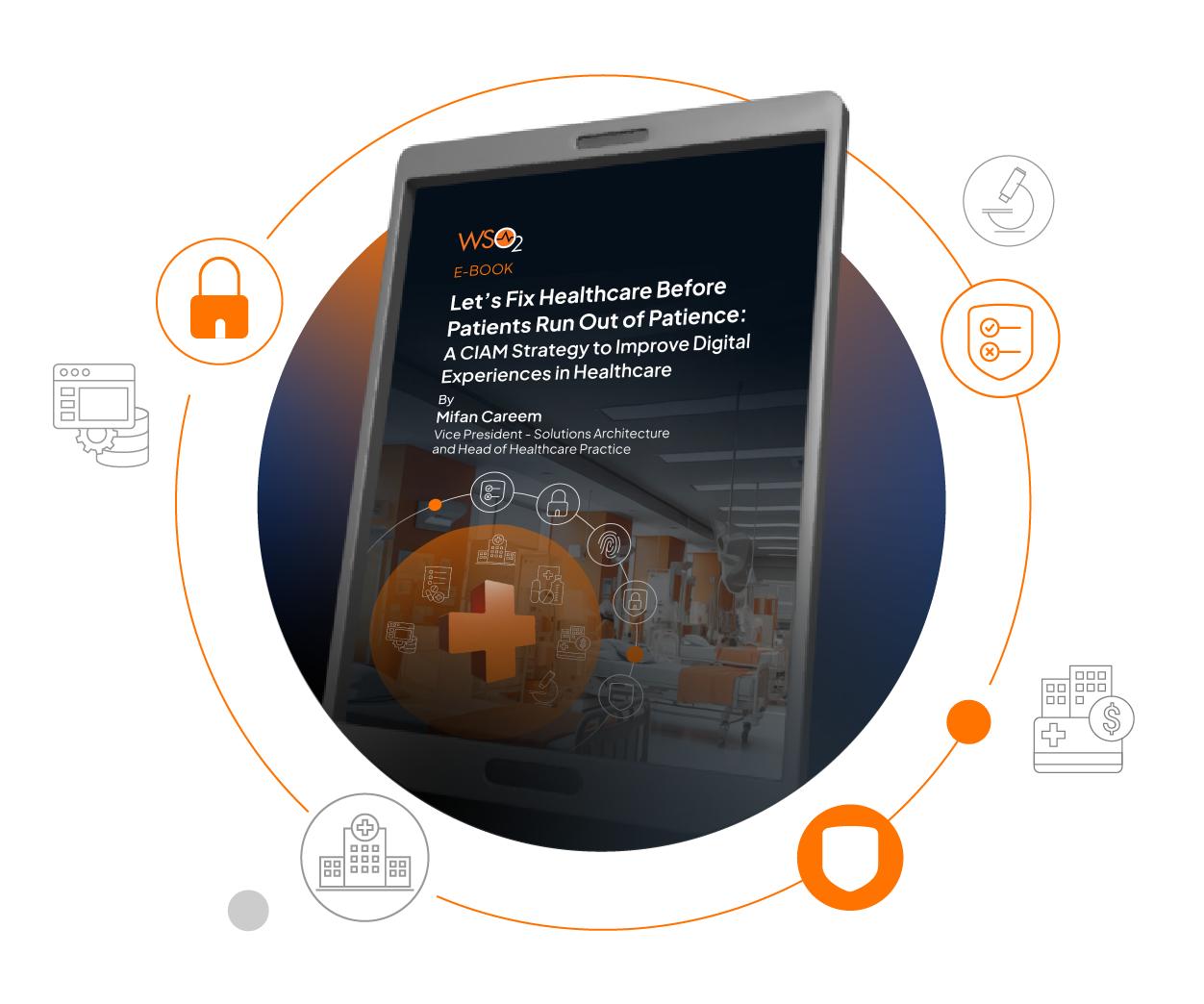E-BOOK
Let’s Fix Healthcare Before Patients Run Out of Patience:
A CIAM Strategy to Improve Digital Experiences in Healthcare
Get Your Free E-Book
In today's rapidly evolving healthcare landscape, digital transformation isn't just a choice; it's a necessity. This e-book delves into the intricate world of Customer Identity and Access Management (CIAM) within the healthcare sector. As the digital era redefines patient expectations and the healthcare industry adapts to new regulations and technologies, CIAM emerges as a critical solution for delivering secure, personalized, and seamless access to healthcare services.
In this e-book, you will discover the following:
Digital Experiences Start with the Consumer:
- Understanding the importance of delivering a seamless and unified digital experience for healthcare consumers.
- Recognizing the challenges related to patient identification and data access in the healthcare industry.
CIAM and Broader Identity Management:
- Exploring the role of CIAM in managing the identities of various stakeholders in healthcare, including patients, employees, and external organizations.
- Healthcare's unique challenges require a combination of identity management and data integration.
Patient 360 from a CIAM Lens:
- Unpacking the concept of "Patient 360," the comprehensive collection and accessibility of patient information.
- The significance of identifying patients across different EHR systems and building a unified patient profile.
This e-book provides valuable insights for healthcare executives, IT professionals, and digital transformation leaders as they navigate the evolving landscape of healthcare and strive to enhance patient experiences, optimize operational efficiency, and stay competitive in the digital age. By adopting CIAM strategies, embracing the "digital patient double," and leveraging technologies like AI and machine learning, healthcare organizations can provide better care, improve outcomes, and meet the evolving needs of patients.

